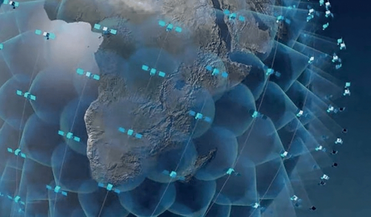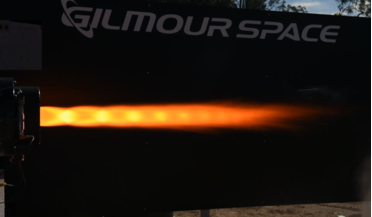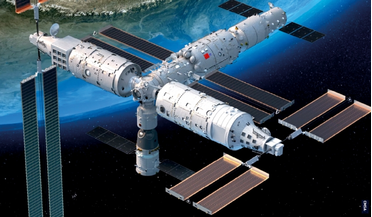 May 2017
Future space applications and their regulatory needs
May 2017
Future space applications and their regulatory needs
... for new uses like Location Based Services, crowd sourcing and big data analytics. The internet of things is quickly becoming the internet of places as well. New, innovative, and disruptive technologies such as cubesats, satellite constellations, and...
 June 2018
Space 2080 a future perspective
June 2018
Space 2080 a future perspective
... response could stem it. Each object, portable or not, has long been geo-locatable in order to be part of the Internet of Things. The dependence on satellites had also become too great, so that alternative location geo’Loc microchips - in a network...
 18 October 2019
Companies unite to reject SpaceX satellite plans
18 October 2019
Companies unite to reject SpaceX satellite plans
...October, 2019. Toronto-based Kepler, which currently has two satellites in orbit, has plans to eventually operate an internet-of-things constellation with 140 cubesats at an altitude of 575 kilometres. Kepler CEO Mina Mitry has however already hinted...
 13 July 2020
Gilmour Space completes 110-second mission duration hybrid rocket engine test fire
13 July 2020
Gilmour Space completes 110-second mission duration hybrid rocket engine test fire
... orbits transmitting massive amounts of data for our mobile needs, enabling cheaper and faster internet, autonomous vehicle systems, the Internet of Things, and much more," he added. “However, launch costs and availability are still big challenges...
 June 2021
Is NewSpace really so new?
June 2021
Is NewSpace really so new?
... follows: Mega-constellations, such as those announced for internet-from-space by Boeing (1396 satellites), SpaceX (Starlink,...smallsat launch systems. Market oriented new applications, like Internet of Things (IoT) providers via space, are only viable...
 January 2023
China’s space ambitions fuel defence spending and global innovation
January 2023
China’s space ambitions fuel defence spending and global innovation
... low Earth orbit constellations in areas including remote sensing, communications, Automatic Identification System (AIS) and Internet of Things (IoT) satellites. These include Commsat, Linksure, ADA Space, Space OK, Laserfleet, Changguang Satellite...